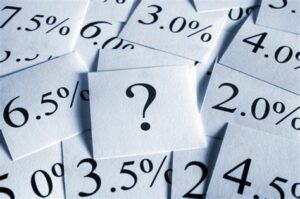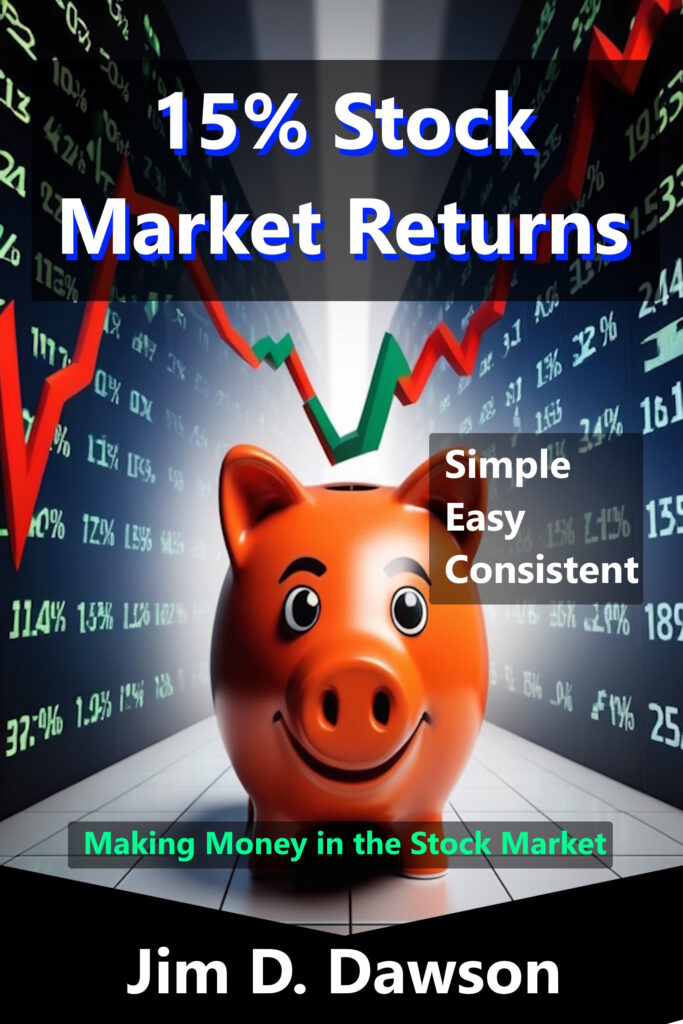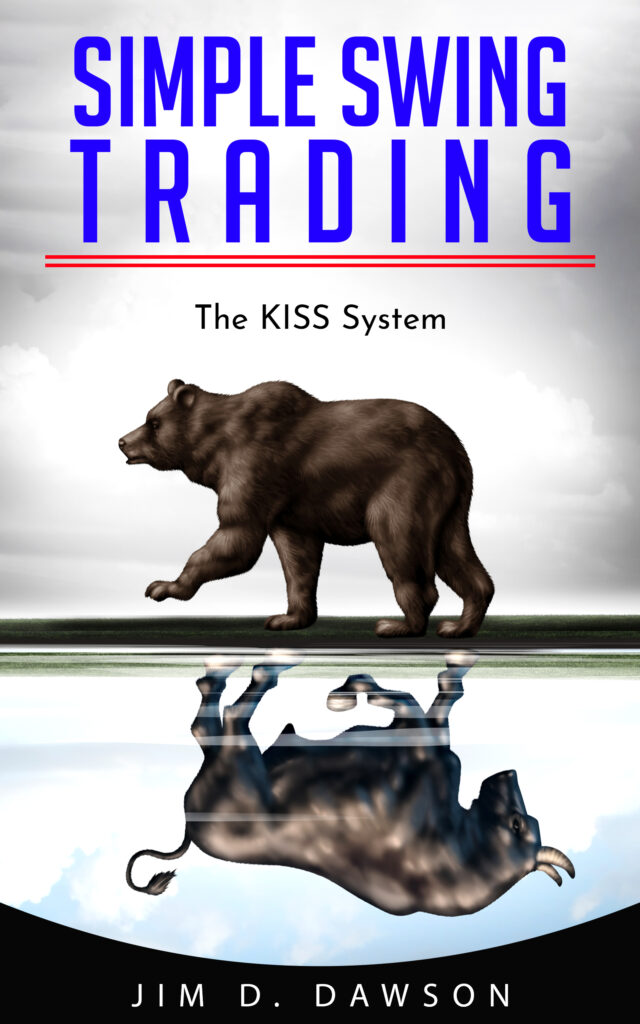Interest rates play a pivotal role in today’s financial system, and they have a direct impact on the U.S. dollar’s value. When interest rates rise, it typically leads to higher inflation. This has a knock-on effect on the value of the dollar as investors buy assets that are stable in value like gold or cryptocurrencies like Bitcoin, which usually appreciate when interest rates are on the rise. In this blog, we will unravel how interest rates influence the value of the U.S. dollar and what happens when interest rates go up or down. We will also discuss how inflation impacts the U.S. dollar and why investors turn to safe-haven assets like gold when there is inflation.
Interest Rates Help to Determine the Value of a Currency
– Interest rates can affect the supply and demand of a currency.
– Lower interest rates lead to an increase in borrowing, which makes people eager to spend money. This increases the demand for a currency, causing its value to rise.
– Higher interest rates attract foreign investment, increasing the value of a currency as investors seek higher returns on their money.
– Low interest rates lead to higher inflation, as more money is being put into the economy. This leads to depreciation of the currency. On the other hand, higher interest rates can lead to a decrease in inflation by discouraging lending and borrowing in the economy.
– Interest rate changes can cause fluctuations in exchange rates. When interest rates go up or down rapidly, this causes a volatile exchange rate between two currencies. And when interest rates stay low for long, it also causes depreciation of a currency’s value due to low inflation rate.
– Hence, monetary policies and interest rates have an important role in determining the value of a currency.<EOS>
Interest rate changes can cause fluctuations in exchange rates because they are directly linked with economic activity of a country and cannot be manipulated easily by governments or central banks.
What Happens to the U.S. Dollar When Interest Rates Rise?
When interest rates rise, the demand for the U.S. dollar as a safe-haven currency goes up. This means that investors are more likely to seek out investments in the U.S. dollar when foreign currencies are at risk of falling in value, resulting in an appreciation of the dollar. Higher interest rates also attract foreign investment, which can lead to an increase in the value of the dollar and can result in higher prices for goods and services denominated in the U.S. dollar.
This is because people and businesses who borrow money often prefer investing in assets with a stable value compared with investments that offer higher returns but have greater fluctuations in value due to interest rate changes. As borrowing costs increase, households and businesses may reduce spending, which can weaken the value of the dollar and slow economic activity.
How Does Inflation Impact the U.S. Dollar?
When interest rates are low, demand for U.S. dollars increases and the dollar tends to strengthen against other currencies. This is because higher interest rates make it more profitable for businesses and individuals to hold U.S. dollars in reserve, while they find it less profitable to hold foreign currencies such as the euro or the yen. Inflation also increases demand for U.S. dollars, as people seek to protect their purchasing power from the rising prices of goods and services.
On the other hand, higher interest rates can lead to a slow-down in economic growth because they make it more expensive for companies and households to borrow money. This can make money less abundant and reduce consumption, which would give a negative spiral to economic growth. Political stability and trade policies may also influence the value of the dollar in global markets due to geopolitical factors or policies of major economies that have an impact on currency values.
Frequently Asked Questions
What is an inverse relationship between interest rates and the value of a dollar?
An inverse relationship exists between interest rates and the value of a dollar – when interest rates increase, the value of the dollar decreases. This is because higher interest rates lead to increased investment in other currencies, making them more attractive options for investors seeking higher returns. Conversely, when interest rates fall, the value of the dollar rises as investors move their money back into the U.S. currency.
The Federal Reserve often uses changes in interest rates to influence the strength of the U.S. dollar by raising or lowering interest rates to discourage or encourage investment. This strategy can be effective in impacting the demand for and supply of U.S. dollars on global markets, making it a powerful tool for central banks to control exchange rates and monetary policies.
How much influence does the Fed have over interest rates?
The Federal Reserve, commonly known as the Fed, has a great deal of influence over interest rates. The main way the Fed controls interest rates is through its ability to change the federal funds rate.
The federal funds rate is the rate banks charge each other for overnight loans. By changing this rate, the Fed can have a ripple effect on other interest rates, including mortgage and credit card rates. When the fed funds rate goes up, banks increase their borrowing costs, which in turn leads to higher interest rates for consumers. On the other hand, when the fed funds rate decreases, banks lower their borrowing costs, leading to lower interest rates for consumers.
Which way would you prefer interest rates to go: up or down?
The direction of the interest rate is a complicated question, as it depends on a number of factors. Generally speaking, low interest rates can encourage borrowing and investing, while high interest rates can help control inflation. Low interest rates can lead to an appreciation in the value of the U.S. dollar, while higher interest rates result in its depreciation.
From an investment point of view, investors may prefer lower or higher interest rates depending on their investment strategy and risk appetite. If they anticipate more profitable returns by holding their money in secure investments, then lower interest rates are attractive. On the other hand, those who invest in riskier assets tend to favor higher interest rates. So it all depends on your preferences and financial goals when deciding which direction you’d prefer interest rates to go.
Do rising interest rates make the dollar stronger?
Yes, generally speaking, rising interest rates make the dollar stronger. When the central bank raises interest rate, it signals that there is confidence in the economy which encourages foreign investment. This leads to an increase in the demand for US dollars as foreign investors buy the currency to invest in US assets.
The rise in demand drives up the value of the US dollar, making it stronger against other currencies. Additionally, higher interest rates tend to reduce inflation and encourage consumer spending, both of which support a strong dollar. All of these effects combine to make the US dollar stronger when interest rates go up.
What happens to the value of the dollar when interest rates fall?
When it comes to the value of the dollar in relation to interest rates, a lower rate generally means a lower value. This is because a lower interest rate reduces the incentive for foreign investors to buy U.S. dollars, leading to fewer people wanting to exchange their money for USD.
Lower interest rates can also lead to higher inflation, which further reduces the value of the dollar as people have less purchasing power. Lastly, a decrease in the value of the dollar can make it more expensive for people outside of the U.S. to purchase goods from American companies, as they will need more of their own currency to be able to acquire them.
Conclusion
The U.S. dollar is a currency whose value is determined by market forces of demand and supply. It’s no coincidence that the U.S. dollar has been the world’s reserve currency for over a century, as it’s backed by the strongest economy in the world. However, there are many factors that can cause its value to fluctuate, including interest rates, inflation, trade imbalances, and economic growth. In short, monetary policies are designed to keep the economy running smoothly and provide stability to the currency. The economy is affected by any changes in interest rates because they influence spending behavior and investment decisions
It’s also important to note that interest rates aren’t only influenced by economic factors but are also influenced by monetary policies as well. A central bank can change interest rates to control inflation or boost economic growth if needed. Lower interest rates encourage borrowing and spending while higher interest rates do the opposite by making credit costlier and less attractive. As such, it’s crucial to understand how monetary policies impact interest rates so you can make informed investment decisions!


